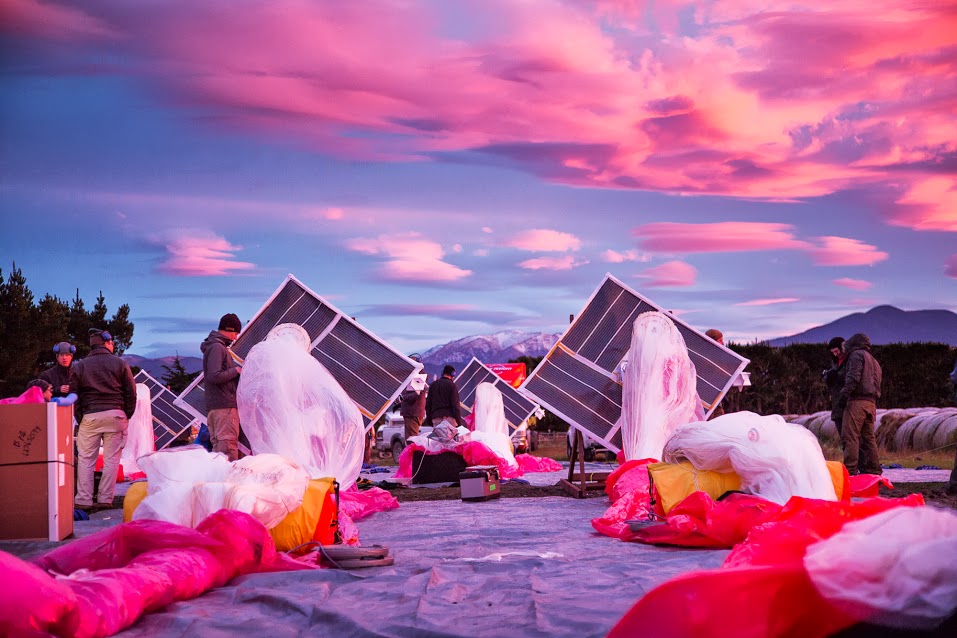Loon aloft: But can it work?
 Sunday, June 16, 2013 at 12:16PM
Sunday, June 16, 2013 at 12:16PM 
From the team that brought us the driverless car and Google Glass: Google Friday launched some real trial balloons near Christchurch in an effort to bridge the global digital divide.
Project Loon involves placing solar-powered balloons at 20km above the earth’s surface to deliver 3G-like internet bandwidth via the 2.4GHz or 5.8GHz bands, Tech Central reported.
The balloons are clustered in a mesh network so that they maintain connectivity. Each serves a radius of 20 km and a couple of hundred customers simultaneously.
Given that the backhaul must also go over that link, it’s not going to be anything like broadband service, but Google is aiming for the two-thirds of the world who don’t have any internet access.
It will need to be cost-competitive with WiMax, however, which offers broadband speeds across hundreds of thousands of square kilometres from a single tower. Unlike Loon, Wimax has an industry ecosystem to back it and doesn't need the installation of a ground antenna. Google is clearly betting on the speed and simplicity of building its balloon platform.
Notwithstanding those doubts, who can resist the romance of balloons aloft? Google engineers spent a lot of time picking the brains of NASA and defence boffins to figure out the tech. I’m sure Motorola wished they had that idea instead of tipping $7.8 billion into Iridium.
From the telecom point of view it marks another Google foray into connectivity, along with the Unity cable, the US fibre trials and the oft-rumoured free Wi-Fi scheme.
 Robert |
Robert |  Post a Comment |
Post a Comment |  Google,
Google,  Project Loon in
Project Loon in  Innovation,
Innovation,  International Telecoms
International Telecoms 